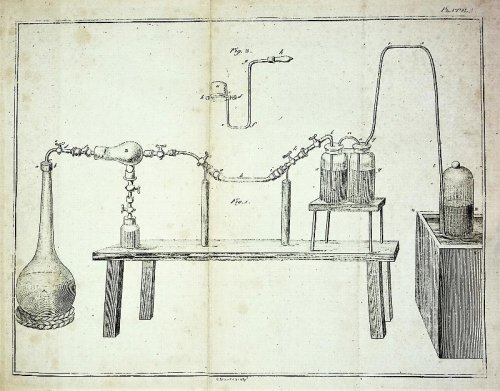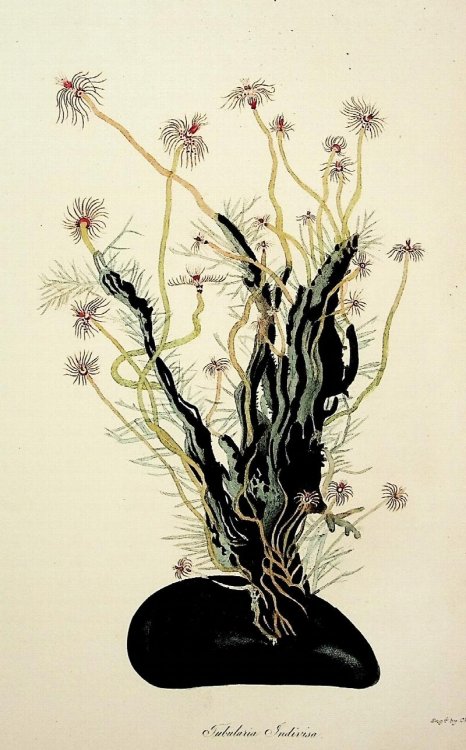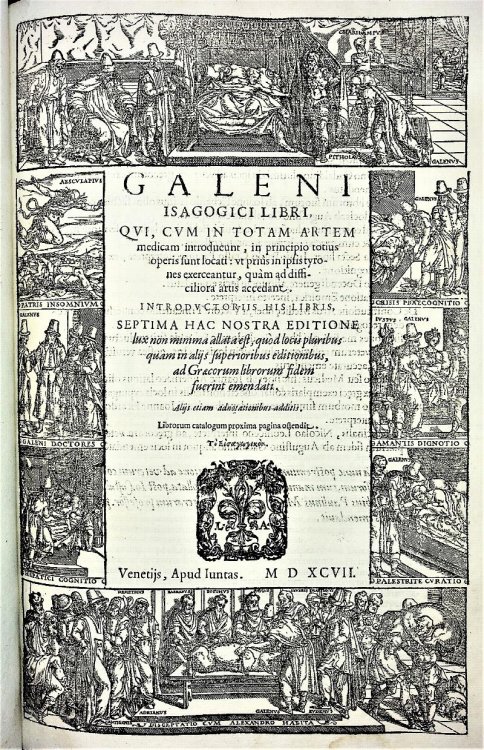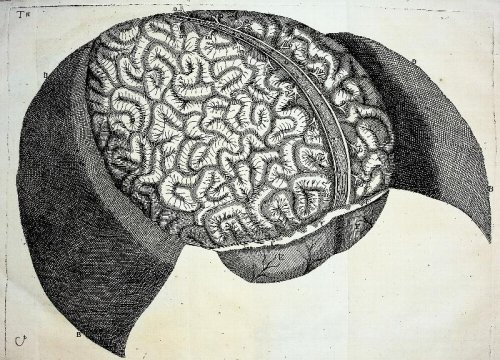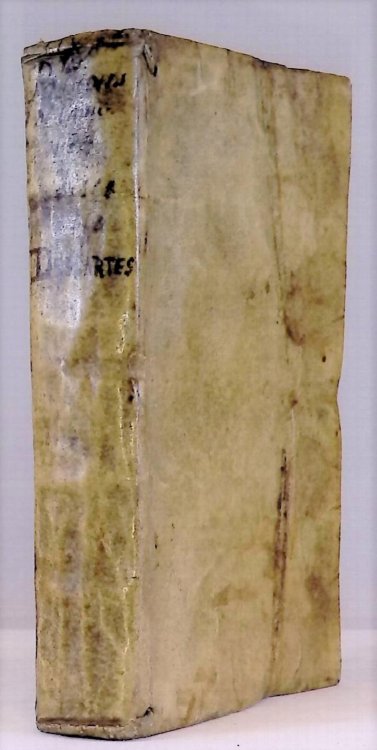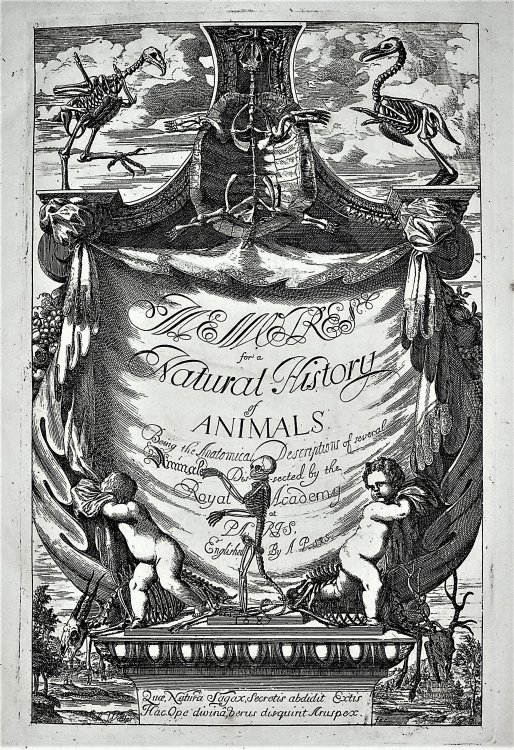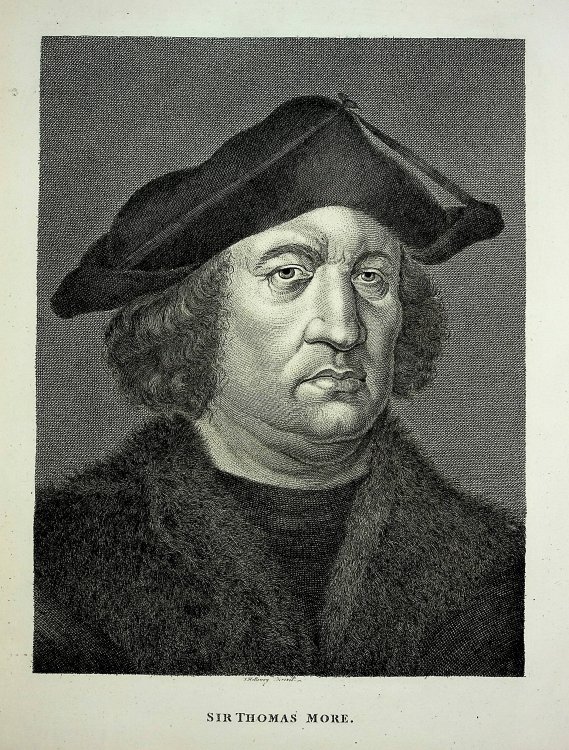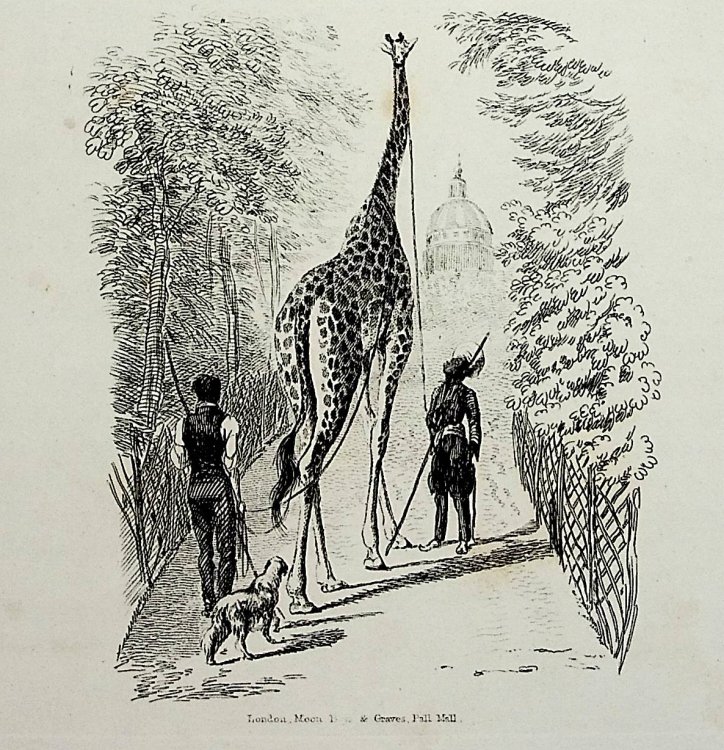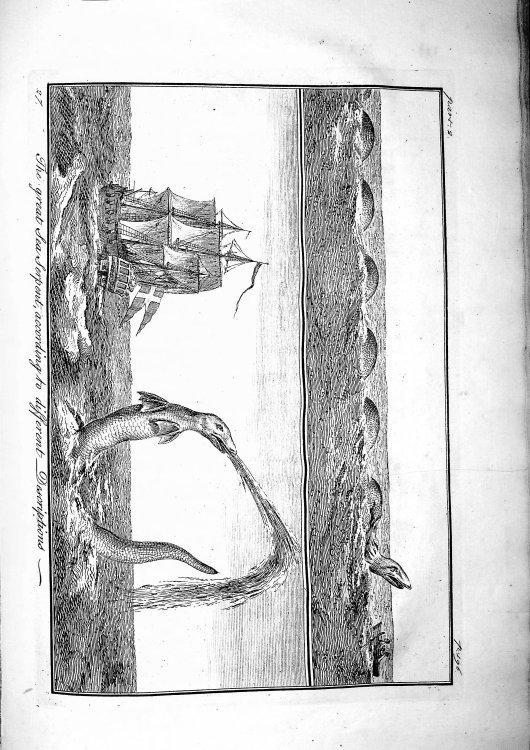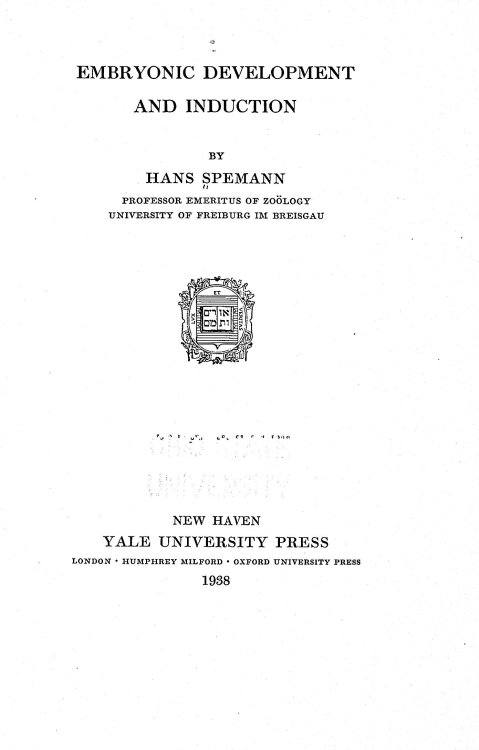
Embryonic Development and Induction
$500.00 USD • Used
LANDMARK IN THE HISTORY OF EMBRYOLOGY BY HANS SPEMANN, NOBEL LAUREATE.
15x23 cm hardcover, black cloth binding, gilt title to spine, i-xii, 401 pp, illustrations. Bookplate and signature...
LANDMARK IN THE HISTORY OF EMBRYOLOGY BY HANS SPEMANN, NOBEL LAUREATE.
15x23 cm hardcover, black cloth binding, gilt title to spine, i-xii, 401 pp, illustrations. Bookplate and signature of Clarence Hamilton Kennedy to front paste-down, pencil notes to front free endpaper, scattered unobtrusive pencil marginal notations throughout. Faint library call numbers bottom of spine, bookplate of Library of Ohio State University to front paste-down (presented by the Kennedy Collection), OSU perforated stamp to title page, review copy ticket from Yale University Press dated May 31, 1939, affixed to back paste-down. Light wear to cover corners and spine ends, binding tight, pages crisp and clean, a fine association copy of a landmark book in developmental biology.
HANS SPEMANN (1869 1941) was a German embryologist who was awarded a Nobel Prize in Physiology or Medicine in 1935 for his discovery of embryonic induction. During the winter of 1896, while quarantined in a sanitarium recovering from tuberculosis, Spemann read August Weismann's book The Germ Plasm: A Theory of Heredity. He wrote in his autobiography: I found here a theory of heredity and development elaborated with uncommon perspicacity to its ultimate consequences.This stimulated experimental work of my own. As a master of micro-surgical technique, beginning with his continuing work on the amphibian eye, Spemann's papers in the early years of the 20th century on this vexed question were to be a great contribution to the development of experimental morphogenesis, causing him to be hailed in some quarters as the true founder of micro-surgery. He succeeded in dividing the cells with a noose of baby hair. Spemann found that one half could indeed form a whole embryo but observed that the plane of division was crucial. This dispatched the theory of preformation and gave some support to the concept of a morphogenetic field, a concept of which Spemann learned from Paul Alfred Weiss. Spemann was appointed Professor of Zoology and Comparative Anatomy at Rostock in 1908 and, in 1914, associate director of the Kaiser Wilhelm Institute of Biology at Dahlem, Berlin. Here he undertook the experiments that would make him famous. Drawing upon the recent work of Warren H. Lewis and Ethel Browne Harvey, he turned his skills to the gastrula, grafting a field of cells (the Primitive knot) from one embryo onto another. The experiments, performed by Hilde Proescholdt, a Ph.D. (later Mangold) candidate in Spemann's laboratory in Freiburg, took place over several years and were published in full only in 1924. They described an area in the embryo, the portions of which, upon transplantation into a second embryo, organized or induced secondary embryonic primordia regardless of location. Spemann called these areas organiser centres or organisers. He was elected an International Member of the United States National Academy of Sciences in 1925, an International Honorary Member of the American Academy of Arts and Sciences in 1933 and was awarded the Nobel Prize in 1935. His theory of embryonic induction by organizers is described in his book Embryonic Development and Induction (offered here), a landmark in the history of embryology. Cited in Rainger American Development of Biology (1988): Spemann's enormously influential book Embryonic Development and Induction completely ignored all of genetics. His only acknowledgment of the significance of the nucleus was his notion that nuclear transplantation experiments might show whether Weismann's view of nuclear determination was correct.
PROVENANCE: CLARENCE HAMILTON KENNEDY (1879-1952) was Professor of Entomology, Ohio State University and Fellow of the Zoology Section. He received the A. B. degree from Indiana University in 1902 and the M.A. degree in 1903. In 1914 he obtained an M. A. degree from Stanford University and the degree of Doctor of Philosophy from Cornell in 1919. In 1902 and 1903 he served as an assistant at Indiana University and then accepted a position on the scientific staff of the U. S. Bureau of Fisheries. In 1919 he came to Ohio State University as Instructor in Entomology, advancing to Professor in 1933, which chair he occupied to his death.
Product Info
Publisher: Yale University Press
Year: 1938
Type: Used
Binding: Softcover
First Edition
Seller Info
BiomedRareBooksLLCABAAILABIOBA
Address: P.O. Box 193 North Garden, Virginia
Website: https://www.biomedrarebooks.com
Country: United States
